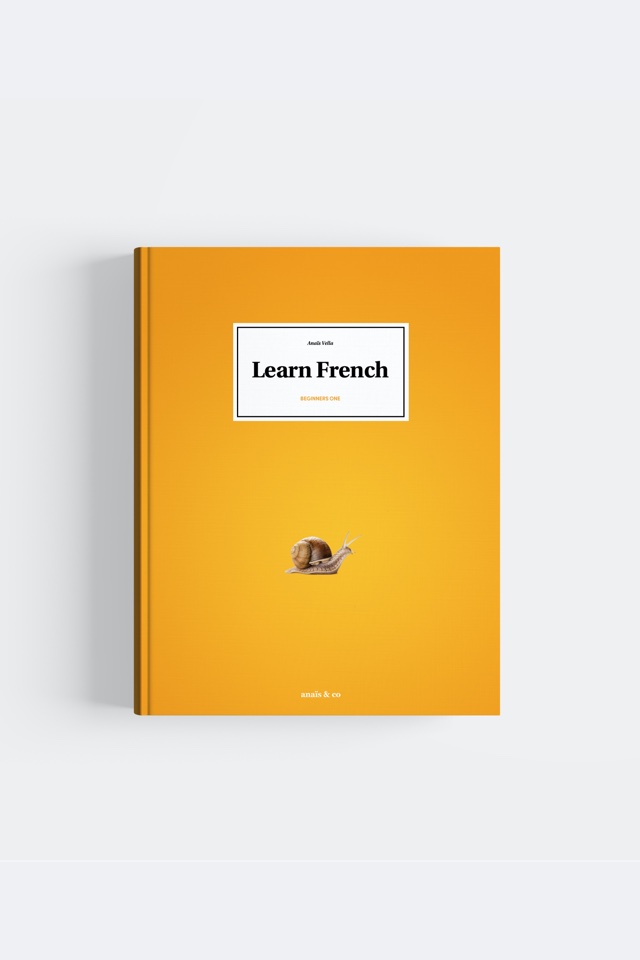

In this section, we are using “le temps” which means “the weather” plus a verb. The verbs used here are pronominal and must be preceded by “se” or “s’”.
| French | English |
|---|---|
| Le temps s'éclaircit | It’s clearing up |
| Le temps s’améliore | It’s brightening up |
| Le temps se couvre | It’s clouding over |
| Le temps se rafraîchit | It’s getting chilly |
Some people do not commonly use this section and will prefer to use the top section “il fait + adjective” with the adverb “maintenant” (now) to express a similar thought in an easier way.
For example:
Le temps se rafraîchit → It’s getting chilly.
Il fait froid maintenant → The weather is cold now.
In this section, we are using “il fait un temps” followed by an adjective. Most of the time these sentences are used on their own without anything else about the weather.
| French | English |
|---|---|
| Il fait un temps affreux (formal) | It’s an awful day |
| Il fait un temps couvert | It’s overcast |
| Il fait un temps de chien (informal) | It’s a dreadful day |
| Il fait un temps de saison | It’s a typical “season” day |
| Il fait un temps épouvantable (formal) | It’s a horrible day |
| Il fait un temps magnifique | It’s a beautiful day |
| Il fait un temps pourri (informal) | It’s a rotten day |
| Il fait un temps superbe | It’s a beautiful day |
The literal meaning of “il fait un temps de chien” is “it’s a dog day.”
In French, when you say “il fait un temps de saison,” you don’t need to be precise about the season.
You don’t need to say anything else about the weather if you use one of the sentences above. They are self-explanatory except if you use “mais” (but) to show contrast.
For example:
Il fait un temps magnifique mais il fait froid →
It’s a beautiful day but it’s cold.
When talking about the weather, you can of course mix sections together; “et” or “mais” must be used before the last thing you will say. It is more common to mix the three first sections together.
For example:
Il fait nuageux et froid, il pleut et il y a du vent.
In French, the negation is expressed by “ne” and “pas.” “Ne” goes before the conjugated verb and “pas” after it. “Ne” becomes “n’” in front of a vowel or “h.” Other negative words can be used instead of “pas”.
In a negative sentence, “il fait” turns into “il ne fait pas” followed by the adjective.
For example:
Il fait beau → The weather is nice.
Il ne fait pas beau → The weather is not nice.
In a negative sentence, “ne” goes before the conjugated verb and “pas” after it.
For example:
Il neige → It is snowing.
Il ne neige pas → It is not snowing.
In a negative sentence, “il y a” turns into “il n’y a pas” followed by “de” or “d’” and the noun.
For example:
Il y a du vent → It’s windy.
Il n’y a pas de vent → It’s not windy.
“Du,” “de la,” “de l’” or “des” turn into “de” or “d’” in a negative sentence. “D’” is used in front of a vowel or “h.”
For example:
Il n’y a pas d’éclairs.
In a negative sentence, “ne” goes before “se” or “s’” and “pas” goes after the conjugated verb.
For example:
Le temps se couvre → It is clouding over.
Le temps ne se couvre pas → It is not clouding over.
In a negative sentence, “il fait un temps” turns into “il ne fait pas un temps” followed by the adjective.
For example:
Il fait un temps magnifique → It is a beautiful day.
Il ne fait pas un temps magnifique → It is not a beautiful day.

More in the books
Werther you are learning by yourself, with Anais and Co or if you are a FLE teacher find this lesson and many more in a beautiful book.
Be notified when we upload a new video.